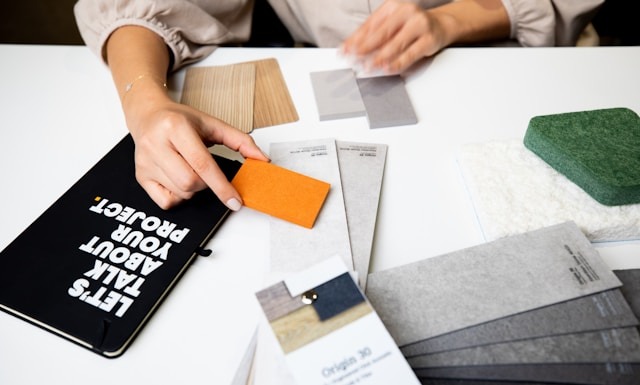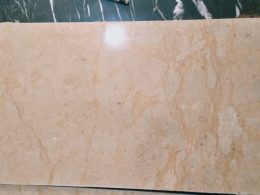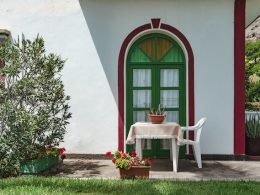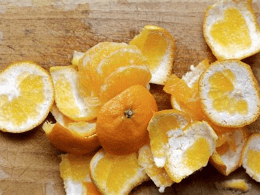Introduction
Rugs have been an essential part of human living spaces for centuries. Beyond their visual beauty, they carry deep cultural meaning and showcase the artistic skills of the regions they come from. Whether displayed in royal palaces, cozy homes, or modern apartments, each rug tells a story of craftsmanship, tradition, and identity. Today, as global trade and design have evolved, rug weaving continues to bridge the gap between ancient artistry and modern interior trends.
The Art and Heritage of Rug Weaving
Rug weaving is not just a craft it’s an art form that blends patience, precision, and passion. Different regions around the world, from Persia to Morocco and India to Turkey, have their own distinctive weaving techniques. Each method represents a legacy of artisans who have perfected their skills over generations, giving every rug its unique charm and authenticity.
Exploring Rugs in Dubai
When exploring rugs in Dubai, one can experience the diversity of global craftsmanship in one place. Dubai has become a major hub for luxury rugs, offering a vast selection of handmade pieces from across Asia, the Middle East, and Africa. Whether you prefer the detailed knotting of Persian rugs or the vibrant patterns of Moroccan ones, Dubai’s rug markets bring the world’s finest artistry under one roof. For homeowners and collectors alike, it’s the perfect destination to find rugs that elevate both style and comfort.
Popular Rug Weaving Techniques
1. Hand-Knotted Rugs
This traditional and intricate method involves tying thousands of tiny knots by hand to create detailed patterns. Persian and Turkish hand-knotted rugs are highly valued for their durability, craftsmanship, and exquisite detail — often taking months or even years to complete.
2. Flat-Woven Rugs
Flat-woven rugs, such as kilims and dhurries, are made without any pile, giving them a thin and lightweight structure. These rugs are perfect for modern spaces because they are reversible, easy to maintain, and available in beautiful geometric designs.
3. Tufted Rugs
Tufted rugs are created using a tufting gun that punches yarn through a fabric backing to form loops or cut piles. This modern technique is much faster than traditional hand-knotting, allowing artisans and designers to experiment with various textures, patterns, and colors. Once the design is completed, a layer of latex is applied to secure the yarn, and a secondary backing is added for extra stability and comfort.
Tufted rugs are loved for their soft, plush surface and their ability to bring a luxurious feel to any space. Whether used in living rooms, bedrooms, or offices, they offer an ideal blend of creativity, affordability, and elegance making them a favorite choice for contemporary interiors that don’t compromise on style.
Blending Tradition with Modern Interiors
In today’s design world, traditional weaving methods are being reimagined to fit modern lifestyles. Through expert interior design services, handcrafted rugs are being paired with minimalist, bohemian, and luxury aesthetics to add depth, warmth, and character to living spaces. These collaborations between artisans and designers ensure that centuries-old techniques continue to thrive in contemporary homes.
A Global Craft That Connects Cultures
From the looms of India to the workshops of Turkey, rug weaving remains a timeless craft that transcends borders and generations. Every rug is more than a decorative element it’s a living canvas that carries centuries of culture, creativity, and human connection. The intricate patterns, natural dyes, and handwoven textures reflect the spirit of the artisans who pour their hearts into every design, preserving their heritage through each meticulous thread.
As styles and interior trends continue to evolve, these woven masterpieces stand as a bridge between history and modernity. They bring warmth and character to contemporary spaces while honoring the traditions that shaped them. Each rug tells a unique story one of patience, craftsmanship, and artistry reminding us that true beauty isn’t just seen; it’s felt beneath our feet, connecting us to the people and cultures that make our world so beautifully diverse.
Conclusion
Rug weaving is far more than a traditional craft it’s a global language of art, culture, and creativity. Each woven thread carries the legacy of generations who have poured their skill, patience, and soul into transforming simple fibers into masterpieces. Whether it’s the hand-knotted precision of Persian artisans or the colorful flat-weaves of Moroccan makers, every technique reflects centuries of innovation and cultural expression.
Today, these ancient weaving traditions continue to inspire modern homes, design studios, and collectors around the world. As trends evolve, rugs remain timeless adding warmth, character, and identity to every interior. They don’t just decorate spaces; they connect us to history, craftsmanship, and stories that span continents.
So, the next time you walk across a beautifully woven rug, take a moment to appreciate the artistry beneath your feet. You’re not just stepping on fabric you’re walking on a piece of global heritage that continues to unite cultures, generations, and design lovers everywhere.










